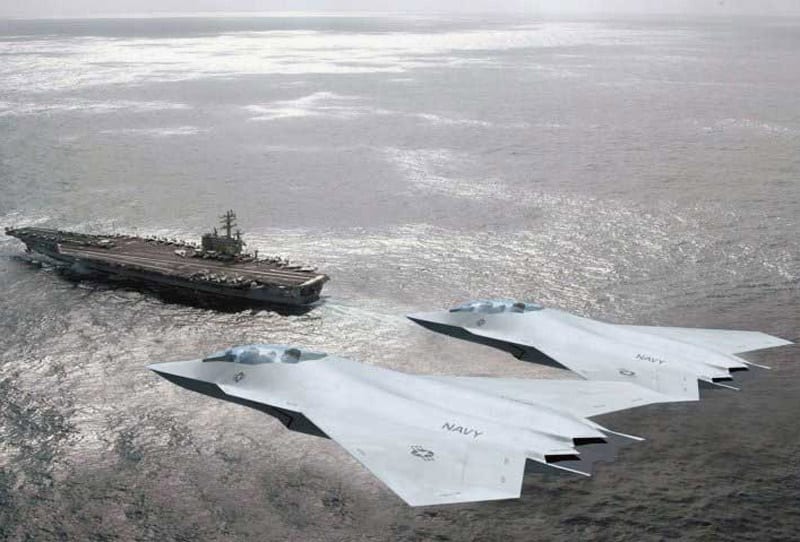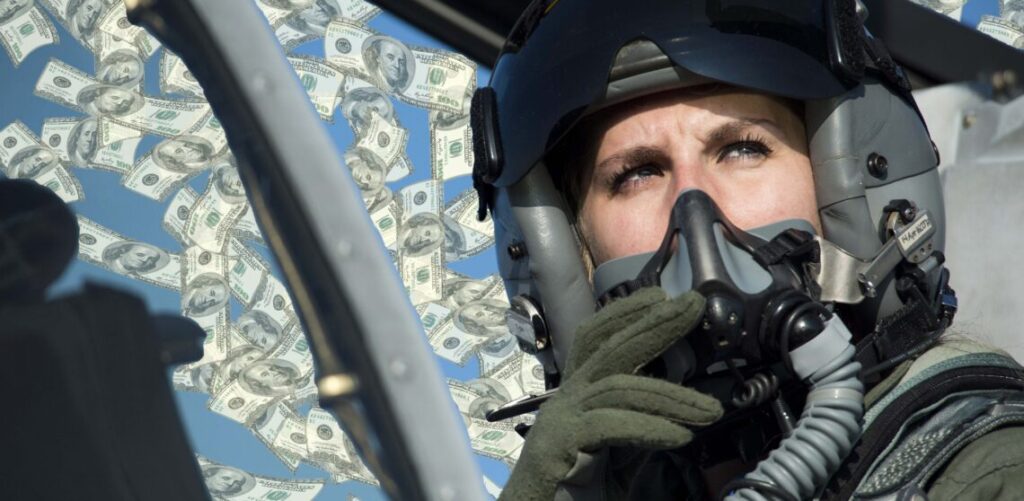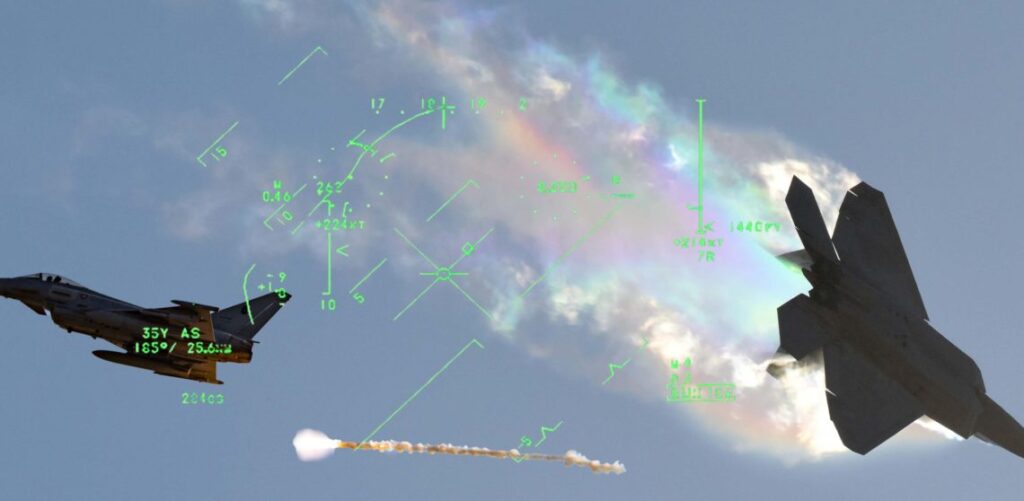America’s Navy is kicking development of its next-generation stealth fighter into high gear with its 2024 budget proposal. But in this era of broadly capable multi-role fighters, the Navy’s new jet is curiously still rocking the unique Fighter/Attack, or F/A, prefix adorning the F/A-18 Hornets and Super Hornets that have served on America’s flat tops for decades.
The choice of a prefix is likely more about managing public perceptions than the capabilities this fighter will bring to bear.
Confusion about the roles different fighters fill within America’s air warfare doctrine leads to a number of widespread misconceptions about which jets are replacing which, and it seems likely that the Navy is looking to avoid any confusion about the fighters it is placing on the chopping block in the years to come — all while maintaining an air of legacy in its most modern efforts.
What are aircraft prefixes?
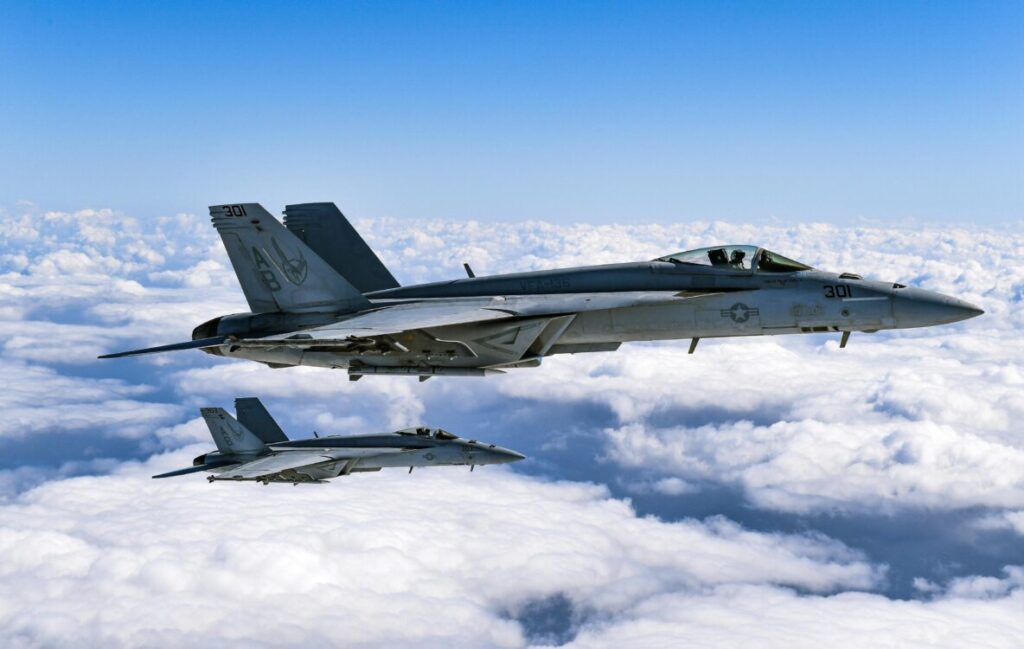
For the first half-century or so of American military aviation, every branch was free to use its own naming conventions for aircraft, which led to some degree of confusion when airframes would see service across multiple branches. In 1962, this issue was addressed with the Tri-Service Aircraft Designation System, which made naming conventions uniform across the entire Defense Department. This system has seen updates in the years since, and today, it’s commonly referred to as the Mission Design Series, or MDS.
And while even this naming convention can still allow for some degree of confusion, there is a distinct method to its madness.
The first letter in any aircraft designation is meant to signify its type or mission. Regular fixed-wing aircraft all come with one of 13 common letter types (though there are several more used to denote special types or statuses). The most common types are:
- A Attack
- B Bomber
- C Cargo/Transport
- E Special Electronic Installation
- F Fighter
- L Laser
- O Observation
- P Patrol
- R Reconnaissance
- S Antisubmarine
- T Trainer
- U Utility
- X Research
Of course, these letters (and some of those less common ones) can be used in combinations to tell you more about the platform’s intended use. And that brings us to the F/A-18 Hornet.
The birth of the F/A Prefix
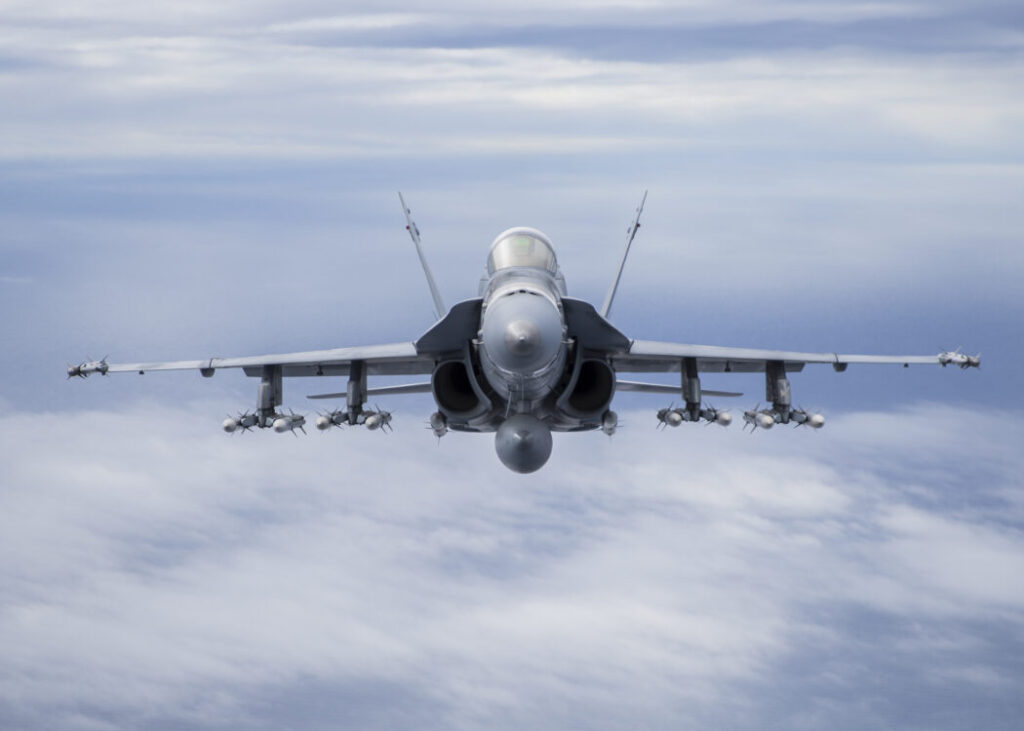
Over the past century, fighters have evolved from specialized air combat platforms to broadly capable multi-role ones responsible for everything from attack operations to intelligence, surveillance, and reconnaissance missions.
During the Persian Gulf War in 1991, American F/A-18 Hornets became the first aircraft in history to switch from an air-to-ground mission to an air-to-air one mid-flight, downing two incoming MiG-21s with air-to-air missiles before simply switching back to ground attack mode and completing their original mission. This incredible (at the time) capability is why the Hornet and Super Hornet were given the unusual F/A prefix — meant to denote these aircraft’s classification as both fighters and attack platforms.
Today, of course, practically all modern fighters are expected to bring multi-role capabilities to the fight, and in fact, even America’s legendary air superiority platform, the F-22 Raptor, has only seen combat to date in that attack role.
But despite now-ubiquitous multi-role capabilities rendering that old F/A prefix somewhat moot, the Navy has opted to keep it for another reason besides tradition.
The Navy wants to be clear about what fighter is being replaced
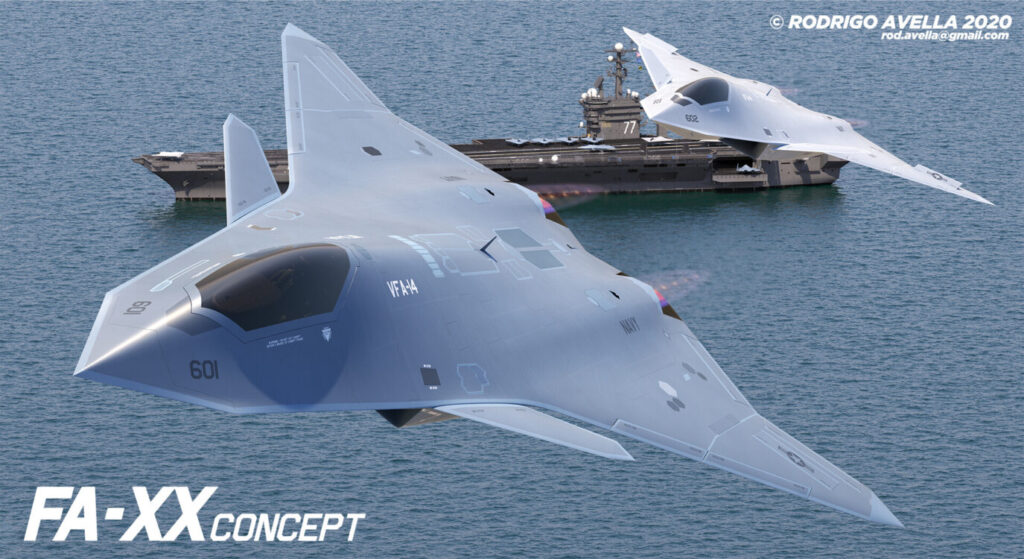
Because of the way fighter roles and capability sets have grown to have a great deal of overlap, many fail to recognize the specific role a new fighter entering service is designed to fill. The F-35, as a prime example, is often lamented as a poor replacement for the F-22 Raptor. However, the F-35 was designed for, and fills, a completely different mission set, namely that of a stealthy attack jet with sufficient air-to-air and electronic warfare (EW) chops to self-escort deep into contested airspace.
With its powerful AN/APG-81 AESA radar array capable of serving as an electronic warfare asset, and the fighter’s onboard complement of air-to-air missiles like the advanced AIM-9X Sidewinder, a handful of F-35Cs can complete attack missions that once may have required a group fo A-6 intruders for the attack mission, EA-6B Prowlers for EW, and F/A-18 Hornets for air cover.
With the Navy actively developing a new fighter, many have already begun seeing this as a damning indictment of the branch’s commitment to the pricey and often troubled F-35 program. However, this isn’t true.
The F-35 isn’t going anywhere
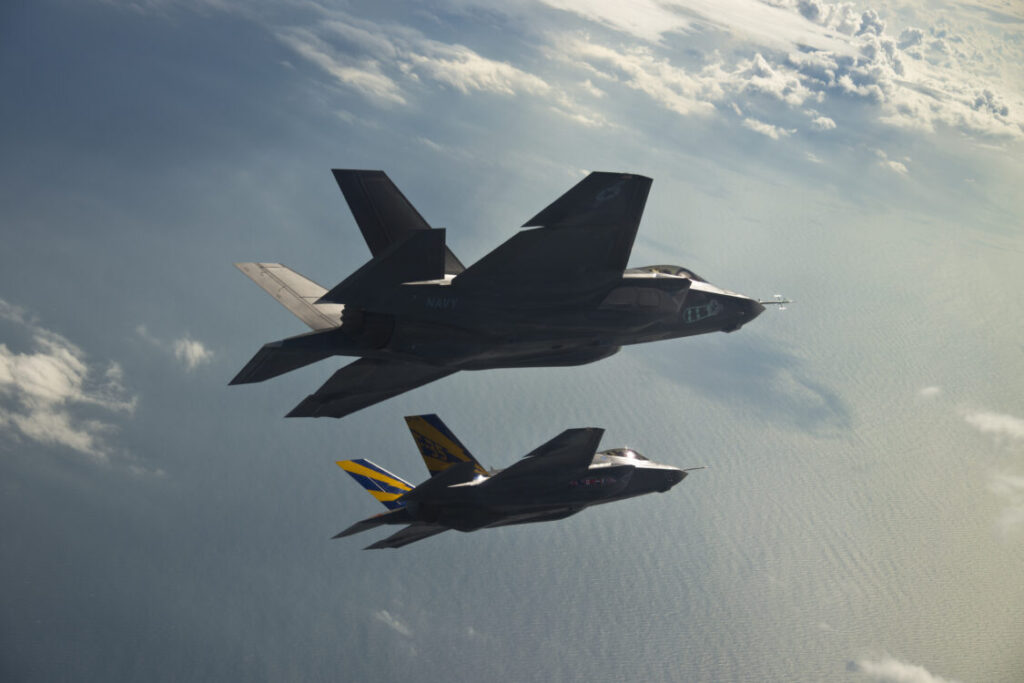
The Navy intends to keep flying the F-35 for decades to come — and the new fighter in development is (very logically) slated to replace the service’s much older fleet of Block II and III F/A-18 Super Hornets. And that brings us to the decision to call this program F/A-XX.
It seems clear that, despite the fact that multi-role capabilities are now considered mandatory requirements for 5th and further generations of fighters, the decision to keep the prefix is more about managing perceptions than capabilities. The Navy wants to make it clear to the F-35’s naysayers that this new fighter is not going to replace its newer jets, but rather, its older ones.
Of course, it seems all but certain that as the F/A-XX program continues to mature, we’ll continue to see bad takes about how its very existence represents a failing of the F-35, but now you’ll know that these takes are based on a misunderstanding of air warfare roles, rather than any problems with the Joint Strike Fighter.
Feature Image: Concept rendering of the F/A-XX jet. (Boeing)
